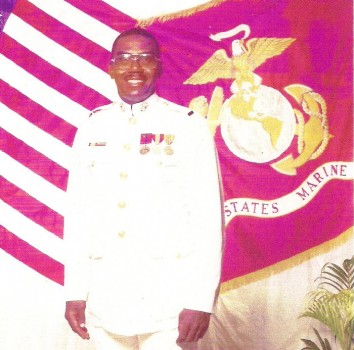Sit-In Veteran And Freedom Rider To Speak At MLK Day Commemoration
By RICHARD ROOKER
MLK Day Commemoration Committee
(EDITOR’S NOTE: Monday, Jan. 18, Charles Person, one of three surviving original Freedom Riders of 1961, will be the speaker for the annual Martin Luther King Jr. Day celebration at the Manahan Orthopaedic Capital Center. The event runs from 11:30 a.m. to 1 p.m. with doors opening at 11. Lunch will be provided to the first 500 through the doors.
This is the third in a three-part series explaining the Freedom Rides.)
Part 3: Charles Person Before and After the Rides
At 18-years-old, Charles Person, the youngest Freedom Rider, found himself stopped halfway through the ride. Mobs had destroyed one Freedom Ride bus and halted the other. The Freedom Riders’ quest to test acceptance of integration in interstate travel seemed a failure. Beaten, bloodied and bruised, the original riders ended their ride and flew to New Orleans. But violence did not win the day.
Replacement riders came. More Freedom Rides started around the country. The summer of 1961 saw hundreds of ordinary Americans of different races teaming up on Freedom Rides across the South. The summer ended with a victory for non-violence. The Interstate Commerce Commission enforced integration of interstate bus travel. Waiting rooms, restaurants and restrooms were integrated, too. Nonviolence overcame violence.
How did 18-year-old Charles Person come to be on a bus testing a country’s willingness to integrate? What led college freshman Person to become a Freedom Rider? What happened after the Rides of 1961 in Person’s life?
In 1960, the year before the Freedom Rides, the sit-in movement spread across the South. On Feb. 1, four African American college freshmen seated themselves at a Woolworth department store segregated lunch counter and demanded service. After being denied service, they stayed till the store closed.
The next day other students joined their effort at non-violent, direct action. Direct action was a specific strategy to create a crisis that would lead to tension and perhaps violence. When violence erupted against the protesters, their nonviolent response would make apparent which side was in the right.
The strategy worked. The protests received media attention. The sit-ins spread across the nation.
In Atlanta, 17-year-old Charles Person joined the protest movement. Denied enrollment at all-white Georgia Tech, Person tired of segregation’s hold on his life. He decided to do something about it. He participated in marches and demonstrations.
His participation in a February 1961 sit-in at Sprayberry’s Cafeteria in Atlanta landed Person in jail for 16 days. Person’s civil rights dedication led to his selection as the Atlanta representative for the Freedom Rides.
“Something has to be done,” said Person. “People know the law has been passed, but they don’t want to abide by it.”
For Person, 1961 brought satisfaction of trying to make a difference. It also brought physical beatings, arrests and jail sentences.
What did Charles Person do after the rides, after the beatings, after the arrests, after jail? He enlisted in the United States Marines and served the nation for 20 years.
The Marines first landed in Vietnam in 1965. Charles Person landed with them. His tour of duty exposed him to Agent Orange, a chemical defoliant used to destroy crops and trees and reveal enemy positions. That exposure resulted in physical damage to Person that led to his need to use a walker.
From sit-ins to Freedom Rides, from spending two decades in the Marines to educating students about this nation’s struggles, Charles Person’s life is one of courage, sacrifice, and service. He speaks at the Manahan Orthopaedic Capital Center on Martin Luther King, Jr. Day at 11:30. Come hear his perspectives on his life as an American.



